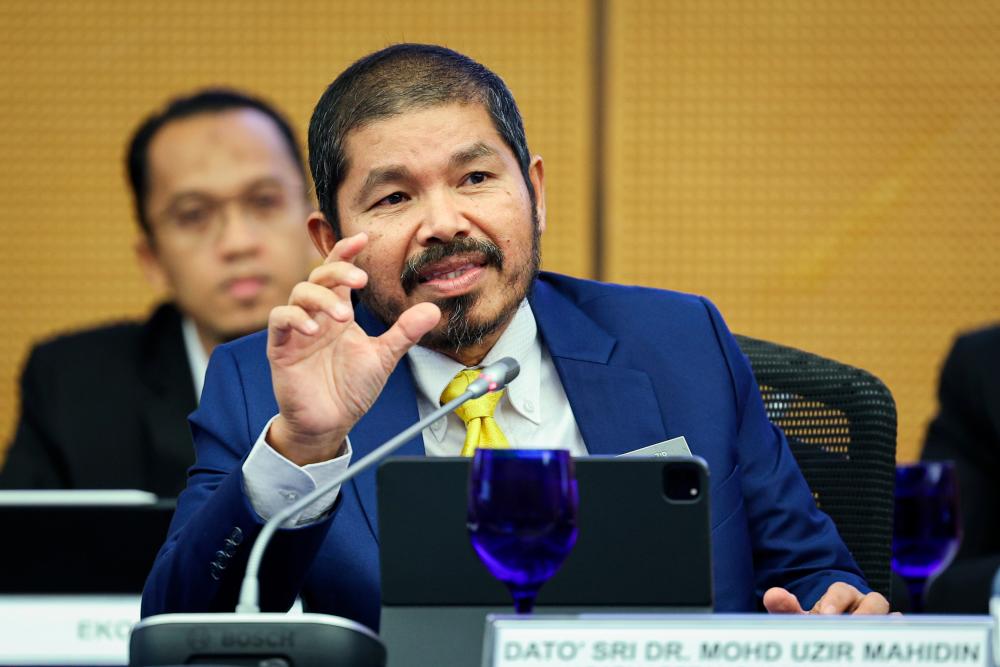PUTRAJAYA: The rate of urbanisation rose to 75.1 per cent in 2020, leading to improved quality of life and life expectancy of the country’s population, according to the 2023 edition of the Malaysia Social Statistics Review (MSSR) published by the Department of Statistics Malaysia (DOSM).
Chief Statistician Datuk Seri Dr Mohd Uzir Mahidin (pix) said Malaysia, as a developing country, has undergone rapid urbanisation over the past three decades.
“The urban population in Malaysia was only 28.4 per cent in 1970, increased to 50.7 per cent in 1991, and reached 75.1 percent in 2020,” he said in a statement today.
The MSSM report is the second edition published by DOSM, depicting the country’s social scenario from as early as 1970 to 2023.
It focuses on 11 topics: population and demography; consumer price index; employment; health; transportation; household income and expenditure; internet and social media; environment; tourism; Sustainable Development Goals (SDGs); and Malaysian Happiness Index (MHI).
He said in 1970, Malaysia’s population stood at 10.4 million, increased to 27.5 million in 2010, and 32.4 million in 2020, representing a threefold increase compared to 1970.
“However, population growth in 2020 was slower with an average annual growth rate of 1.7 per cent compared to 3.9 per cent in 1970,” he said.
He said Malaysia’s demographic shift is shaped by four key factors that impact population growth and demographic dynamics from 1970 to 2040, namely fertility rate, death rate (life expectancy), age structure (distribution between young and old) and migration.
Mohd Uzir said the life expectancy for a baby born in 1970 is expected to live up to 63.6 years on average and increased to 74.8 years for a newborn baby in 2023.
For the comparison between sex, on average baby girls are expected to live longer than baby boys with an increase in life expectancy of 11.8 years as compared to 10.9 years for boys for the period from 1970 to 2023.
“This means, a baby girl born in 2023 on average is expected to be able to live up to 77.4 years, while baby boys are expected to live up to 72.5 years.
On employment, the country’s labour force recorded an average increase of 2.7 per cent per year from 12.3 million persons in 2010 to 16 million in 2022.
He said the percentage of employed persons was 61.6 per cent in 2010 and increased to 65.3 per cent in 2020, 2021 (65.4 per cent), and 2022 (66.5 per cent).
As for health, the number of government hospitals showed an increasing trend from 2010 to 2022 - from 131 to 160 hospitals, while private hospitals increased slightly to 257 from 254 hospitals in 2010.
The doctors-to-population ratio in Malaysia, meanwhile, improved during the period from 2010 to 2022 from 1:859 in 2010 to 1:412 in 2022, he said. -Bernama










